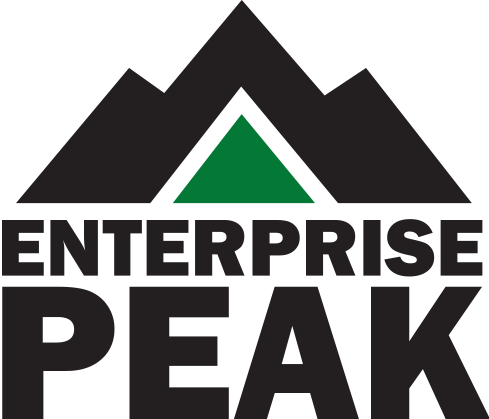One outcome of the COVID-19 pandemic has been the need for companies and organizations to adapt to changing landscapes—both functionally and technically. Trends of a more remote workforce necessitate clear, concise, streamlined processes. Collaborating with multiple people in multiple time zones can be tricky, but data sharing shouldn’t be.

The pandemic’s digital stress on businesses
COVID-19 forced many companies to adopt a digital-first method to reach customers. What may have been a “customer to organization” interaction flow has now turned many businesses to act on direct-to-customer engagements through digital channels.
Internally, the pandemic highlighted the amount of outdated data many businesses were working with. It also exposed data analytic systems and business models that were not prepared for the amount of data remote employees would update and share.
Data modernization: the modern solution for modern problems
Data modernization organizes data from multiple legacy databases by bringing it to one centralized location, usually the cloud. Modernizing also takes a look at current processes to re-establish a data-driven personalization for your specific business model. It allows your organization to manage tasks efficiently by eliminating complexities, keeping your business and internal data simple, streamlined, and organized.
Having a modern data landscape is the first step in harvesting advanced analytics. It turns data sets into assets that can be leveraged into successful business recommendations and practices.
ePeak’s advanced systems integrators and data engineers can modernize your data into an optimized pipeline using a variety of proven approaches. Our background in cleaning and analyzing data results in metric and process-driven solutions to solve companies’ challenges and better businesses.
